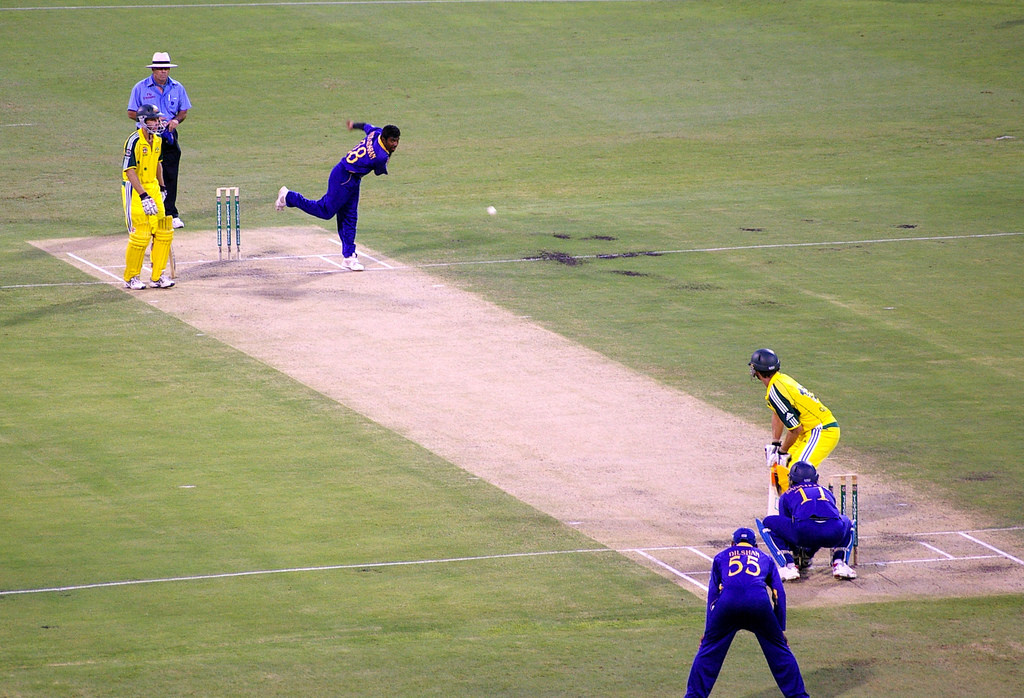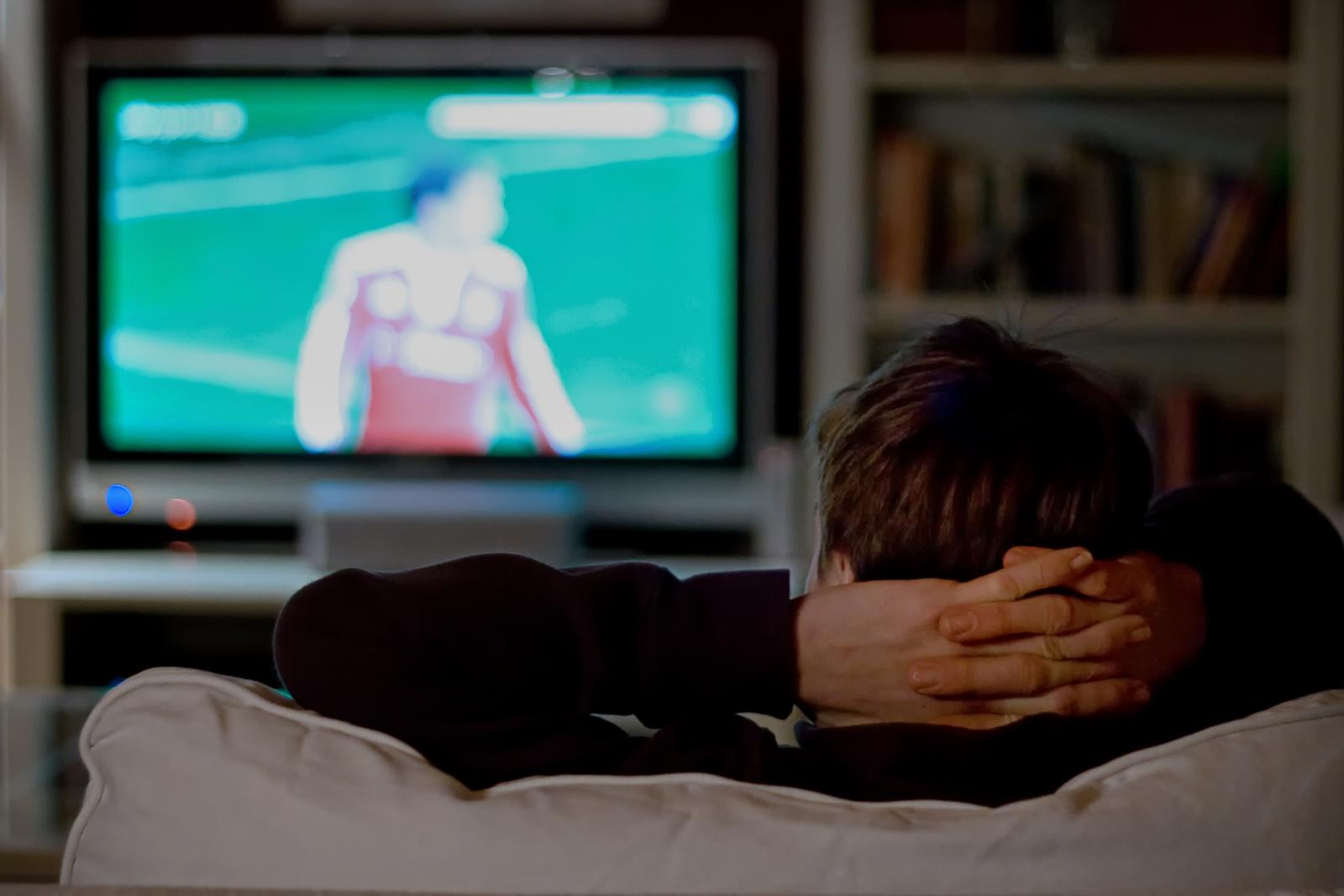Inside the mind of the elite athlete
It’s clear that elite sportspeople have outstanding hand–eye coordination. It’s the result of many, many, many hours of practice—and the ability to rapidly process information specific to their sport, such as the movement of an opponent or the trajectory of a ball, before making the correct movement in response, often within a fraction of a second.
Athletes have superior levels of perception, anticipation and decision-making cognitive skills, which give truly elite athletes an edge. Experiments have shown that sportspeople at the top of their game are able to predict which way an object is likely to travel earlier than novice or intermediate athletes, giving them more time to plan an appropriate action in response.
For example, in an experiment with cricket players, footage of an oncoming swing (fast) bowler was shown to expert, intermediate and novice players. The footage was stopped at various points as the bowler advanced and subjects were asked to predict whether the ball would swing into or away from the body of a right-handed batsman. It was found that expert players could more accurately predict the trajectory of the ball much earlier than the intermediate or novice players and that their predictions continued to improve as more of the film was shown.

The excellent anticipatory abilities of elite players have also been demonstrated for a range of other ball sports including tennis, volleyball, soccer and basketball. These expert players rely on postural information from their opponent to anticipate what’s coming next. It’s the combination of postural cues with situational information (such as the field setting, previous encounters against that bowler, and so on) that feeds into these players’ performance.
Expert athletes’ ability to make predictions may also rely on their capacity to remember the past—that is, their store of ‘procedural’ memories. Procedural memories enable our body to know how to ride a bicycle without us having to think about it, for example. These memories also store information about the way a ball moves or turns when approaching us, or the way an opponent’s racquet swings to send a ball left or right. The brain uses these memories to automatically make predictions. The more experience or practice we have, the more accurate those predictions are.
Expert mirror systems
Thanks to a monkey, a peanut and a bit of good luck, scientists in Italy discovered what are now known as ‘mirror neurons’. The researchers were studying the brains of macaque monkeys: by placing electrodes in a monkey’s premotor cortex (the area of the brain which directs muscle movement), they were able to observe which neurons fired when the animal reached for a peanut.
However, when a person reached for a bit of nutty goodness, the scientists discovered something even more interesting: the same motor neurons that had fired when the monkey had reached for a peanut also fired when the monkey watched someone else reaching for a peanut! As far as the monkey's brain was concerned, watching someone doing something was the same as doing it themselves.
Evidence suggests the same is true for people—our brains ‘mirror’ what we see. In our premotor cortex, about a fifth of the neurons that fire when we perform an action (such as kicking a soccer ball) will also fire when we see someone else doing that action (like when we’re watching someone kick a soccer ball on TV).

For elite athletes, this process tends to be more precise. Researchers compared professional basketball players, expert basketball observers and non-experts to see what went on in their brains as they watched movies of basketball players taking free shots. As they watched the footage, researchers observed the responses of each of these groups’ muscles to electrical stimulation of the motor cortex. Both the expert watchers and the expert players showed an excitability of brain areas relating to movement as they watched the shot. However, the activity in the brains of expert players, especially when watching shots that wouldn’t make it into the basket, was specific to the particular hand muscles that determined the fate of the shot.
This mirroring in the brain of another player’s body movements may enable expert athletes to create forward models to predict the outcome of those movements, allowing them to respond in a split second. The action of mirror neurons may also explain why watching an action as part of training or coaching (observation-based learning) can help athletes learn how to do it better.
However, this only works for people who have already performed similar actions—you won’t become a professional sportsperson by watching the sport from your couch, unfortunately. You’d be much better off lacing on some sports shoes, getting out there, and giving both your body and your brain a workout.





